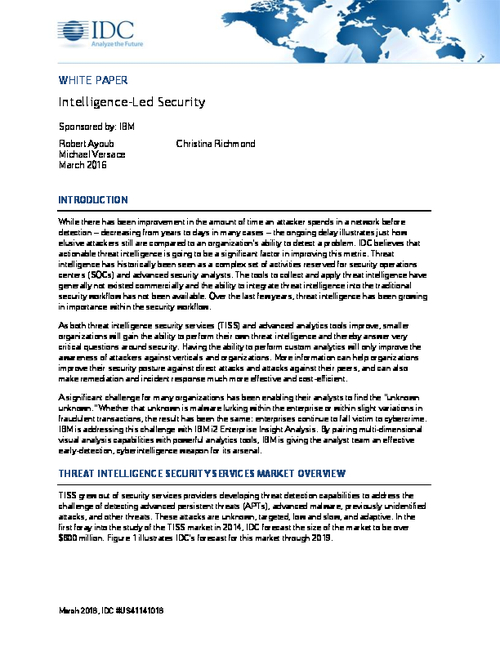Oct. 30 Update: Markets Rebound on News of Rate Cut
Asian and European markets rose Thursday after the U.S. Federal Reserve slashed interest rates to 1 percent, helping resuscitate the U.S. economy. The U.S. also announced it was opening new credit lines with other central banks, including New Zealand's central bank.The Federal Reserve's half-point interest rate cut was the second this month. It coordinated efforts with other central banks on October 8 to cut the rate by a half-point. Experts see other central banks making similar cuts in their rates in the next week.
This action was followed by a reduction by commercial banks in their prime lending rate, the benchmark for millions of consumer and business loans, which was cut from 4.5 percent down to 4 percent -- its lowest level in four years.
Investors seem unmoved by the Commerce Department's report on gross domestic product (GDP), which shows that the economy shrank in the third quarter. The GDP decreased at a 0.3 percent annual rate, compared to the 0.5 percent analysts had predicted.
Wall Street also ignored a Labor Department report on unemployment. New applications for unemployment benefits remained unchanged last week at a seasonally adjusted 478,000. It was predicted to decline slightly.
Reducing Credit Card Debt
On Wednesday, in an unusual joint request by an alliance of financial industry interests and consumer advocates, the groups pleaded with federal regulators to allow lenders to reduce by as much as 40 percent the amount of credit card debt owed by consumers deeply in debt.
The default rate on credit cards is high, and banks are losing billions of dollars from the losses, contends the Financial Services Roundtable and the Consumer Federation of America. Their request for a special program shows how hard this crisis is hitting banks and consumers. Even consumers with strong credit records are defaulting at higher levels on credit card debts; write-offs on the loans are rising for banks and other lenders. In a letter to U.S. Comptroller of the Currency John Dugan, the groups requested a pilot project be started that would allow major credit card companies to sharply reduce the amounts owed by heavily indebted consumers.
Addressing Foreclosures
The government is also nearing a decision on home loan bailouts. The program would be run by the Federal Deposit Insurance Corp., and would help the approximately 3 million homeowners to avoid foreclosures. Government agencies are expected to use $50 billion from the $700 billion bank bailout monies to guarantee $500 billion in mortgages. A final deal had not been reached on Wednesday, but details are being worked out.
More than 500,000 homeowners have started the foreclosure process, and more than 4 million homes with a mortgage were at least one payment behind on their loans at the end of the second quarter, according to Mortgage Bankers Association data.


















